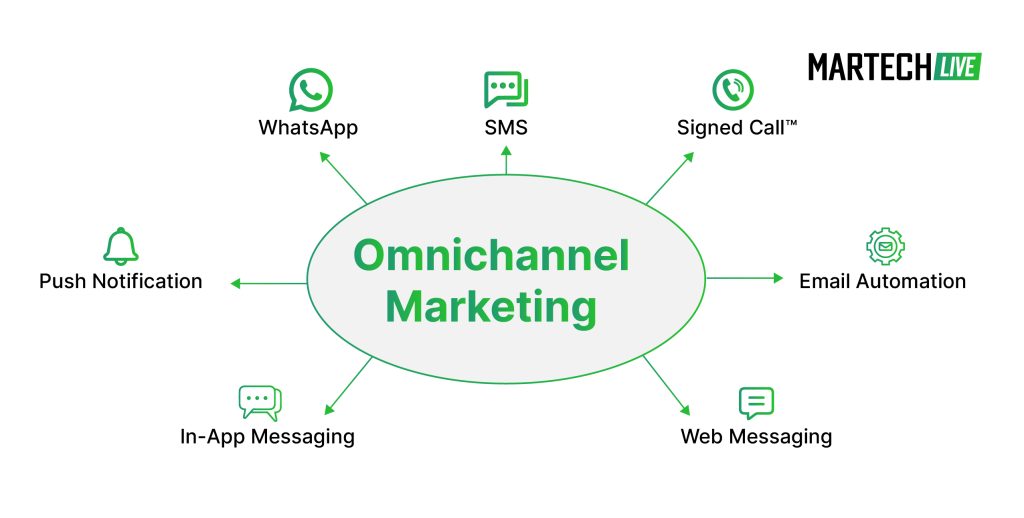Let’s be real — creating content for just one channel is already hard enough. But in today’s landscape, brands are expected to be visible everywhere on eCommerce and even social media platforms. Each channel has its own format, tone, audience; and all of them want content now. That’s where the chaos begins — and where Digital Asset Management (DAM) steps in as the behind-the-scenes hero of truly scalable omnichannel marketing.
DAM takes teams from frantic file searches and version mix-ups to smooth, consistent content delivery across every channel that matters.
First, What Is Digital Asset Management (DAM)?
Digital Asset Management (or DAM) allows teams to store, organize, search, and distribute digital files of any kind-whether logos, videos, product photos, or social media graphics.
Think of it as a central hub where all your approved, brand-safe assets reside. No more juggling around folders, Slack links, or “135_Final_version-FINAL2.psd”; this is your team’s single source of truth.
But modern DAM systems go beyond simple storage: Collaboration, automation, and governance are areas in which they excel with omnichannel content delivery.
The Omnichannel Challenge: Content Everywhere, All at Once
Today’s marketing isn’t linear. A single marketing campaign might include:
- A video for YouTube
- Cutdowns for Instagram Reels and TikTok
- Banners for display ads
- Product images for eCommerce
- A how-to blog post
- A localized landing page
- An internal sales toolkit
Now multiply that by every product line, market, and language you support.
Suddenly, content production feels like a never-ending relay race.
Teams often get stuck:
- Recreating the same asset multiple times
- Using outdated logos or visuals
- Struggling to find the “right” file version
- Slowing down campaign launches due to approval bottlenecks
This is where DAM becomes the MVP of your content engine.
How DAM Enables Scaling Omnichannel Content
Here’s how DAM bridges the gap between content chaos and omnichannel clarity:
1. One source of truth for all assets
When every team-the creatives, the marketing, and the sales departments, even partners-pulls from one DAM, brand consistency shoots up to another level.
No more scavenger hunts through email chains or cloud drives. Metadata tagging, smart search, and user permissions allow an end-user to find what they want in a blink.
2. Service Simplicity and Content Cleansing
DAM decreases complexity by consolidating a wide range of design, marketing, and retail touchpoints into a single manager. Having fewer touchpoints makes greater control easier to exercise on the manufacturing matter itself. Fewer touchpoints also mean more streamlined operations.
3. The Right Content to the Right Platform and Audience
Content design and build is a human and financial investment; therefore, the more content a marketer can use on a specific campaign, the better! This is why digital asset management tools can disseminate content in various formats and resolutions across multiple platforms such as websites, mobile platforms, point-of-sale, and television.
4. Content Scalability across Global Touch Points
Since DAM offers data globalization, all assets will be optimized in one central place. This means that content is created locally but can be utilized internationally if owners agree that standard content exists.
2. Format Once, Publish Everywhere
Need that product shot resized for mobile ads, square thumbnails, or Amazon listings?
Modern DAM platforms support auto-formatting and dynamic templates, so your assets adapt to multiple platforms without burning hours in Photoshop.
Some systems like Bynder even integrate with your CMS, email platform, or PIM, pushing updated content directly where it needs to go — no middle steps required.
6.Faster Localization for Global Teams
Personalization is a sine qua non in omnichannel marketing. And if global marketing is your affair, it must be localized. DAM systems facilitate some of this by providing region-based access to assets, tagging files with attributes like language, usage rights, and campaign context, and providing easy options for simultaneous localization of visuals and copy. The benefit: Faster time to market — and messaging that actually resonates with the local population.
7. Completed Workflows and Version Control
When content cycles are fast, version control can get really messy. DAM systems have it for you; structured review and approval workflows with audit trails and automatic versioning. Never again will you wonder which file was the “final-final.” With DAM, it is easy to locate the most current, approved version, and stakeholders can provide their feedback within the platform.
8. Smarter Governance and Access Control
Considering the number of teams and agencies involved, this becomes really-important when we talk of access control. DAM platforms let you select who gets to see what, and when, while also giving you the power to set expiration dates for assets that are of time-sensitive nature, and to track down the usage of these assets, to ensure GPL and legal standard compliance. These kinds of controls protect your brand and help steer clear from expensive errors.
Why DAM Is the Backbone of Omnichannel Success
Omnichannel content delivery isn’t just about pushing content everywhere. It’s about doing it efficiently, consistently, and contextually — with the right message, at the right time, on the right channel.
Without DAM, you’re trying to build that engine from scratch every time.
With DAM? You’re creating once and scaling smartly — while reducing risk, waste, and delays.
Final Thoughts: Your Next Step Toward Omnichannel Maturity
Whether you’re a growing brand or an enterprise team managing dozens of channels, Digital Asset Management is no longer a “nice to have.” It’s the infrastructure behind every smart, scalable omnichannel strategy.
If you’re already using a DAM but struggling to keep pace, it might be time to revisit your workflows, user permissions, or integrations.



